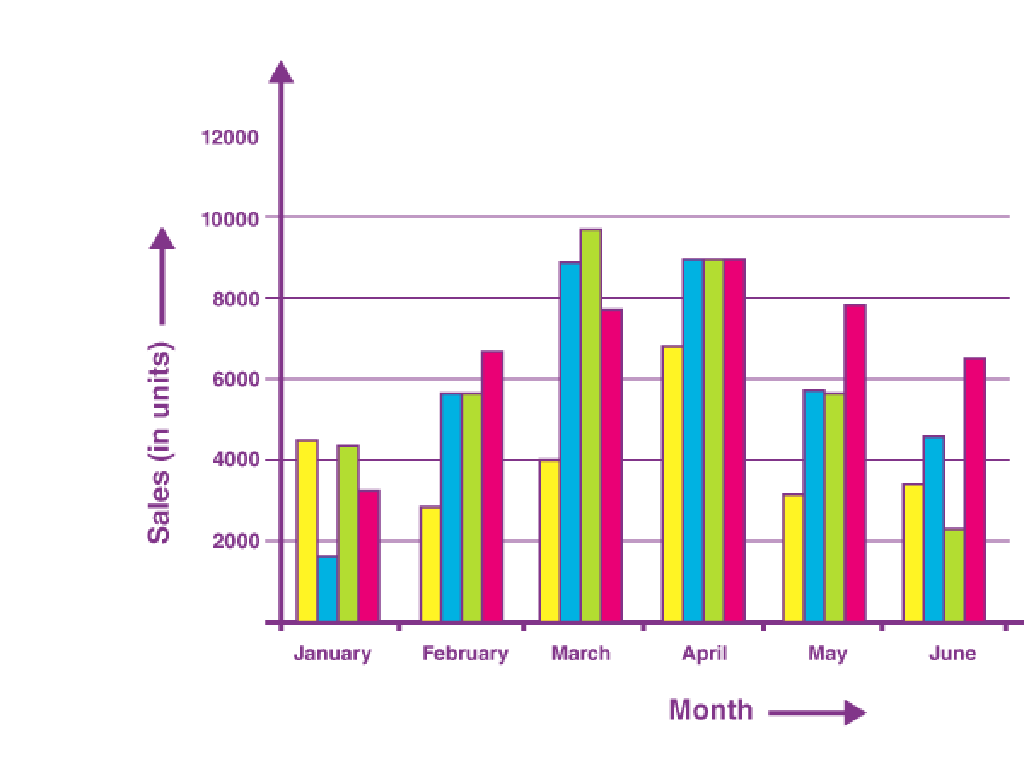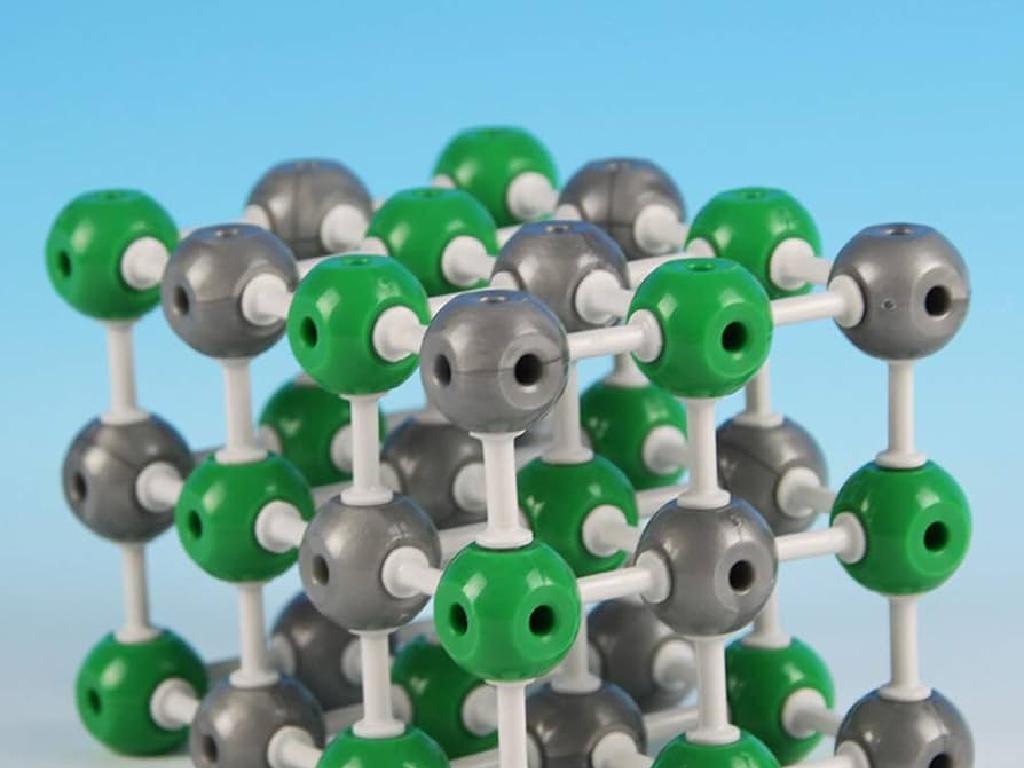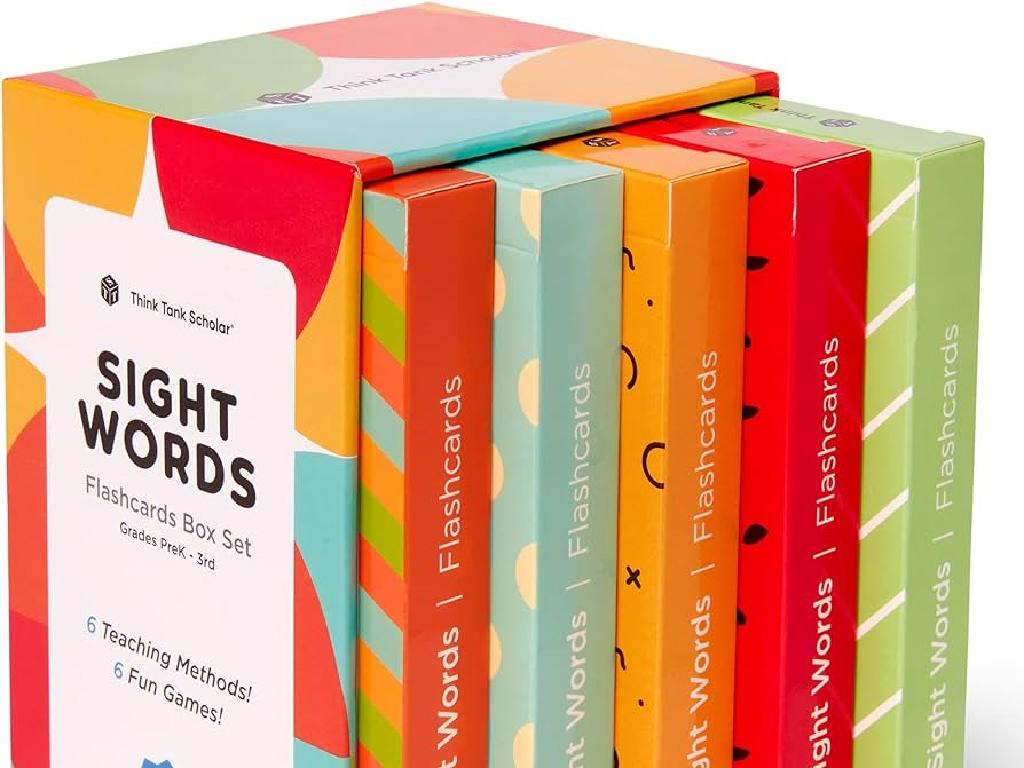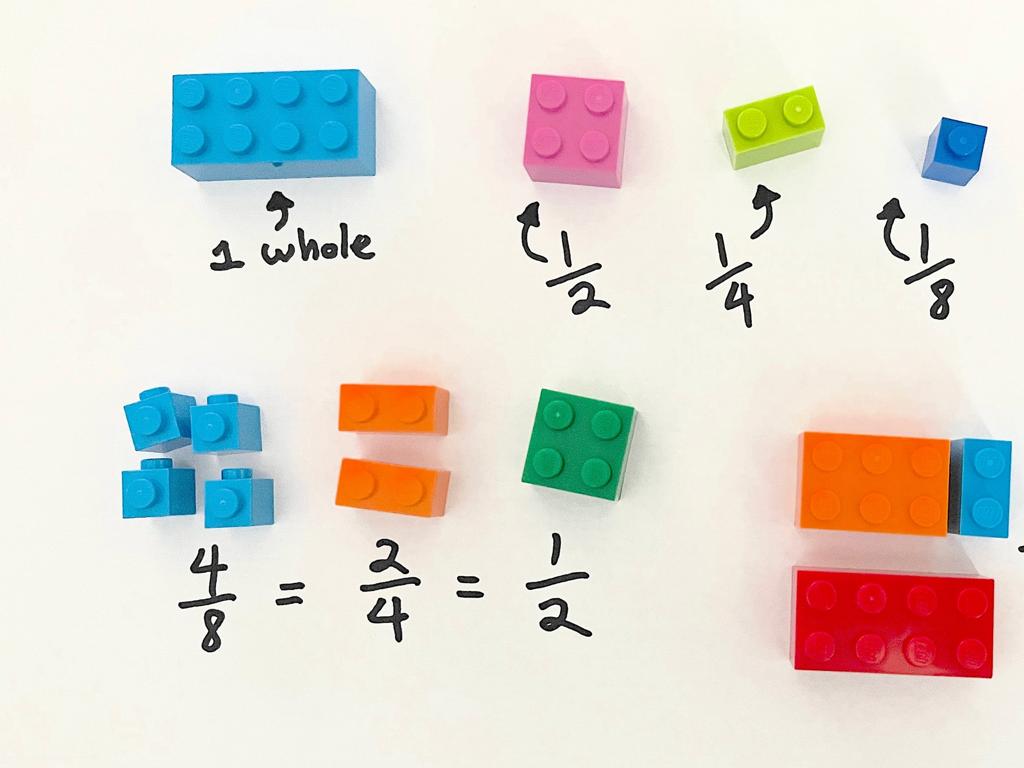Turn Words Into An Addition Sentence - Sums Up To 10
Subject: Math
Grade: Kindergarten
Topic: Understand Addition Up To 10
Summary: Introduce kindergarteners to the basics of addition up to 10 by turning simple word problems into number sentences using fun and familiar examples. Through interactive lessons, students learn to combine groups using objects, number lines, and relatable scenarios like toys or snacks. Activities such as crafting their own problems and playing Addition Bingo build early math confidence. This engaging approach helps students grasp the concept of joining numbers and prepares them for future math success.
Please LOG IN to download the presentation. Access is available to registered users only.
View More Content
Welcome to Addition!
– Greetings, young mathematicians!
– Today’s goal: Add numbers up to 10
– Addition means combining things
– Imagine adding toys in a toy box
– Let’s find totals up to 10
– If you have 4 crayons and add 6 more, how many do you have?
|
This slide introduces the concept of addition to kindergarten students. Start by welcoming the students and capturing their interest. Explain that addition is simply the process of putting things together to find out how many items there are altogether. Use tangible examples like combining toys or crayons, as these are items they are familiar with. Encourage the students to think of addition as a fun activity, like gathering all their toys into one big pile to play with. The goal for today’s lesson is to understand how to add numbers together up to the sum of 10. During the class, engage the students with physical objects to add together, such as blocks or counters, to help them visualize the concept of addition.
Learning Addition: Sums Up to 10
– Addition joins groups together
– Plus sign (+) shows addition
– Adding finds total amount
– If we have 3 apples and 2 apples, we add 3 + 2 to find out we have 5 apples altogether.
– Practice with sums up to 10
– Let’s add numbers using objects like blocks or fingers to make 10 or less.
|
This slide introduces the concept of addition to Kindergarten students. Start by explaining that addition is like putting things together to see how much there is in total. Show the plus sign (+) and explain that it’s used to tell us when we are adding. Use simple, relatable examples like combining sets of toys or snacks to demonstrate addition. For instance, if we have 4 crayons and we get 3 more, how many crayons do we have now? Engage the students with hands-on activities where they can physically combine items to see the results of addition, ensuring that the sums do not exceed 10. This will help them grasp the concept of addition in a tangible way.
Turning Words into Numbers
– Words can describe adding
– Change words to number sentences
– ‘Five dogs and four cats’ turns into ‘5 + 4’
– Use numbers and a plus sign
– Example: ‘two and three’ becomes ‘2 + 3’
– ‘2 apples and 3 apples’ is the same as writing ‘2 + 3’
|
This slide introduces the concept of translating verbal descriptions of addition into mathematical number sentences. It’s crucial to use simple, relatable examples that resonate with Kindergarten students, such as combining groups of everyday items like apples or toys. Demonstrate how the words ‘and’ or ‘with’ in a sentence can indicate addition, and how we can convert these words into the ‘+’ symbol to create an addition sentence. Reinforce the concept by showing that the sum of these numbers always adds up to 10 or less, keeping within the scope of their current learning. Encourage the students to practice with different items they are familiar with and to share their number sentences with the class.
Let’s Practice Addition Together!
– Turning words into numbers
– Addition sentences sum to 10
– Example word problem
– ‘I have 4 crayons, you give me 2 more.’
– Solve the problem together
– How many crayons in total? Let’s add 4 + 2.
|
This slide is designed to engage Kindergarten students in a group activity to practice forming and solving addition sentences from word problems. Start by explaining that we can turn stories or word problems into number sentences, which are called addition sentences. Emphasize that the total in these sentences will always be 10 or less. Present the example word problem and work through it together, showing how to translate the words into numbers and then add them together. Encourage the students to use their fingers or manipulatives like counters or crayons to visualize the addition. After solving the example, ask the students to come up with similar word problems in pairs or small groups and solve them together.
Creating Addition Sentences with Crayons
– Use a number line for adding
– A number line helps us see the addition steps.
– Start and hop forward to add
– Example: Start at 4, hop 2
– Starting at 4, we make 2 hops forward on the line.
– We land on 6, so 4 + 2 = 6
– After 2 hops from 4, we reach 6. That’s addition!
|
This slide introduces the concept of addition as a series of hops on a number line, which is a visual and interactive method suitable for Kindergarten students. Begin by explaining how a number line works and demonstrate with an example, such as starting at 4 and hopping forward 2 spaces to land on 6. Emphasize that each hop represents adding one more. Use physical crayons to make the activity tangible and engaging. Encourage students to practice with different starting numbers and hops, always summing up to 10 or less. This will help them visualize addition and understand that it is a process of combining numbers to make a bigger number.
Your Turn to Create Addition Sentences!
– Make your own addition sentences
– Use toys or snacks for a word problem
– Imagine 2 teddy bears and 3 toy cars. How many toys in total?
– Write the matching number sentence
– Example: 2 teddy bears + 3 toy cars = 5 toys
– Ensure the sum does not exceed 10
|
This slide encourages active participation from the students by allowing them to create their own addition sentences using familiar items such as toys or snacks. The activity is designed to reinforce their understanding of addition within 10. Teachers should guide the students to think of simple word problems and help them translate these problems into number sentences. For example, if a student says ‘I have 2 teddy bears and 3 toy cars’, the teacher can help them write the number sentence ‘2 + 3 = 5’. It’s important to remind students that the total sum should not exceed 10. This exercise will help students apply their knowledge of addition in a fun and engaging way.
Class Activity: Addition Bingo Fun!
– Let’s play Addition Bingo!
– Receive your own bingo card
– Each card has different addition problems
– Cover correct answers with a marker
– Use counters or fun markers to cover numbers
– Shout ‘Bingo!’ for a full row
|
This interactive activity is designed to help Kindergarten students practice addition in a fun and engaging way. Each student will receive a bingo card filled with addition sentences that sum up to 10. As the teacher calls out different addition problems, students will solve them and cover the corresponding answers on their cards with markers. The goal is to cover a full row and shout ‘Bingo!’. This game encourages quick mental addition and provides a hands-on approach to learning. Possible variations of the activity include using different sums, playing in pairs, or having a ‘Bingo’ race. Ensure that all students understand the rules and the concept of addition up to 10 before starting the game.





